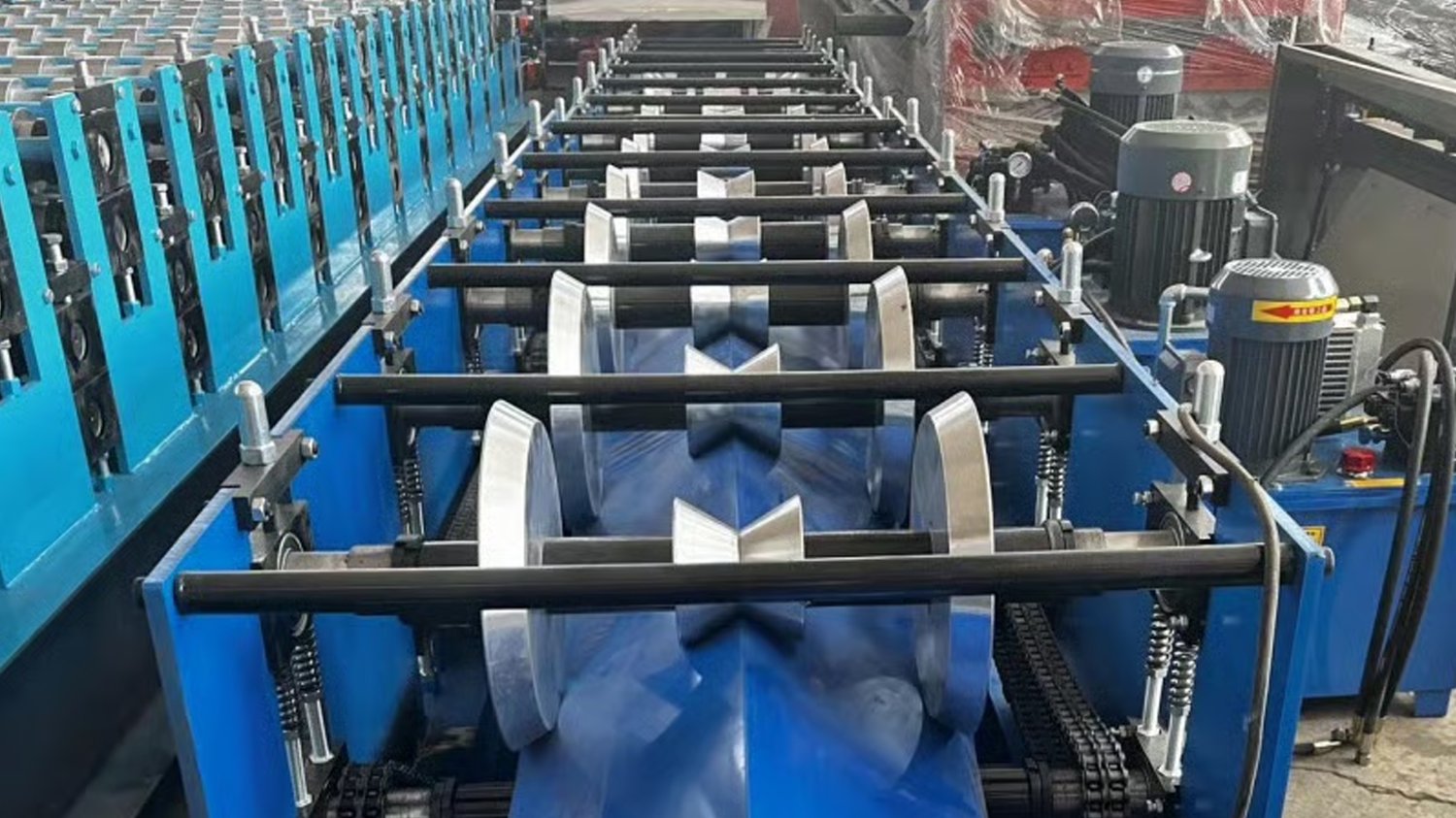Understanding the Basics of Lock Seam Roll Forming Machine Operation
When operating a lock seam roll forming machine, it is essential to have a solid understanding of the basic principles behind its operation. This includes knowing how the machine forms the lock seam, how the rollers work together, and how the material is fed through the machine.
Common Issues with Material Feeding
One of the most common issues that operators face when using a lock seam roll forming machine is problems with the material feeding system. This can lead to inconsistencies in the final product and may result in wasted material. It is important to regularly check and maintain the material feeding mechanisms to ensure smooth operation.
Ensuring Proper Alignment of Rollers
Another key aspect of operating a lock seam roll forming machine is maintaining proper alignment of the rollers. Misaligned rollers can cause the material to be fed incorrectly, resulting in crooked seams and flawed products. Regularly inspecting and adjusting the roller alignment can help prevent these issues.
Monitoring the Speed and Pressure Settings
To achieve optimal results with a lock seam roll forming machine, it is crucial to monitor and adjust the speed and pressure settings according to the type of material being used. Inconsistent speed or pressure can lead to poor seam quality and machine malfunctions.
Checking for Wear and Tear on Tooling
Over time, the tooling on a lock seam roll forming machine can wear down due to constant use. It is important to regularly inspect the tooling for signs of wear and tear, such as chips or dents, and replace them as needed to maintain the quality of the formed seams.
Resolving Issues with Lock Seam Formation
If the lock seam formed by the machine is not coming out as expected, there may be issues with the forming process. This could be due to improper alignment, incorrect settings, or worn-out tooling. Troubleshooting these issues promptly can help ensure consistent and high-quality seam formation.
Proper Lubrication and Maintenance
To keep a lock seam roll forming machine running smoothly, it is essential to perform regular maintenance tasks, such as cleaning, lubricating moving parts, and inspecting for any potential issues. Proper maintenance can extend the lifespan of the machine and prevent costly downtime.
Training and Education for Operators
Having well-trained operators who understand the intricacies of lock seam roll forming machine operation is crucial for maintaining productivity and quality standards. Providing ongoing training and education can help operators troubleshoot issues effectively and operate the machine efficiently.
Utilizing Safety Precautions
When operating a lock seam roll forming machine, it is important to prioritize safety at all times. This includes wearing appropriate protective gear, following safety guidelines, and ensuring that operators are well-versed in emergency procedures. Safety should always be the top priority.
Consulting with Experts for Advanced Troubleshooting
In some cases, troubleshooting issues with a lock seam roll forming machine may require advanced knowledge and expertise. Consulting with experts in the field can help identify and resolve complex problems, ensuring that the machine operates at its full potential.

